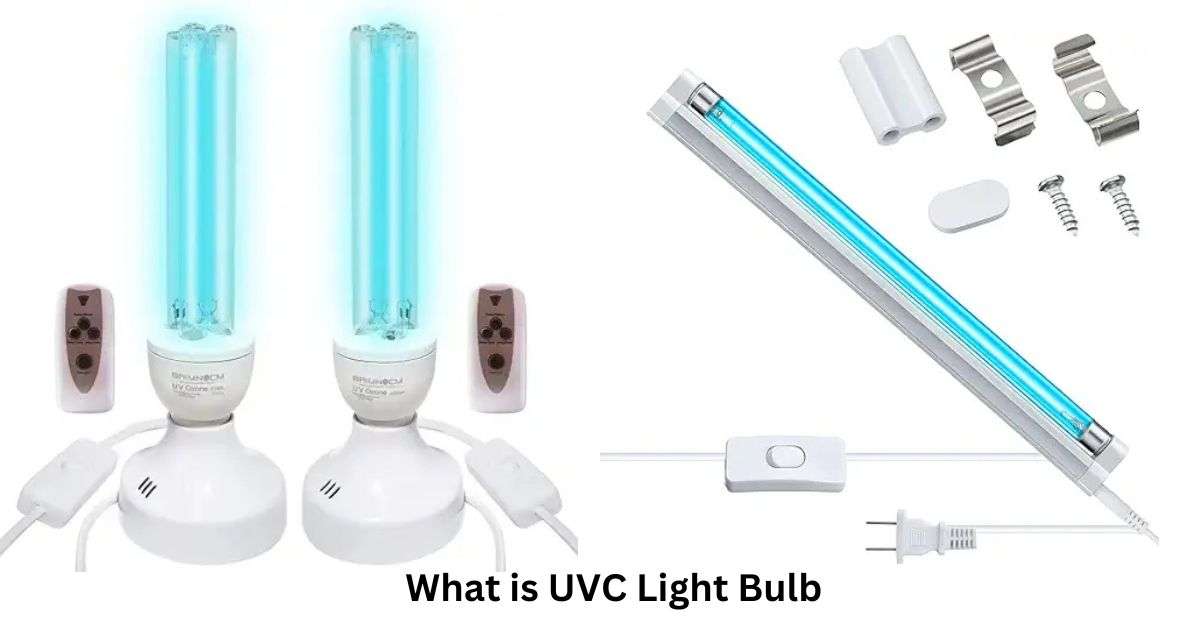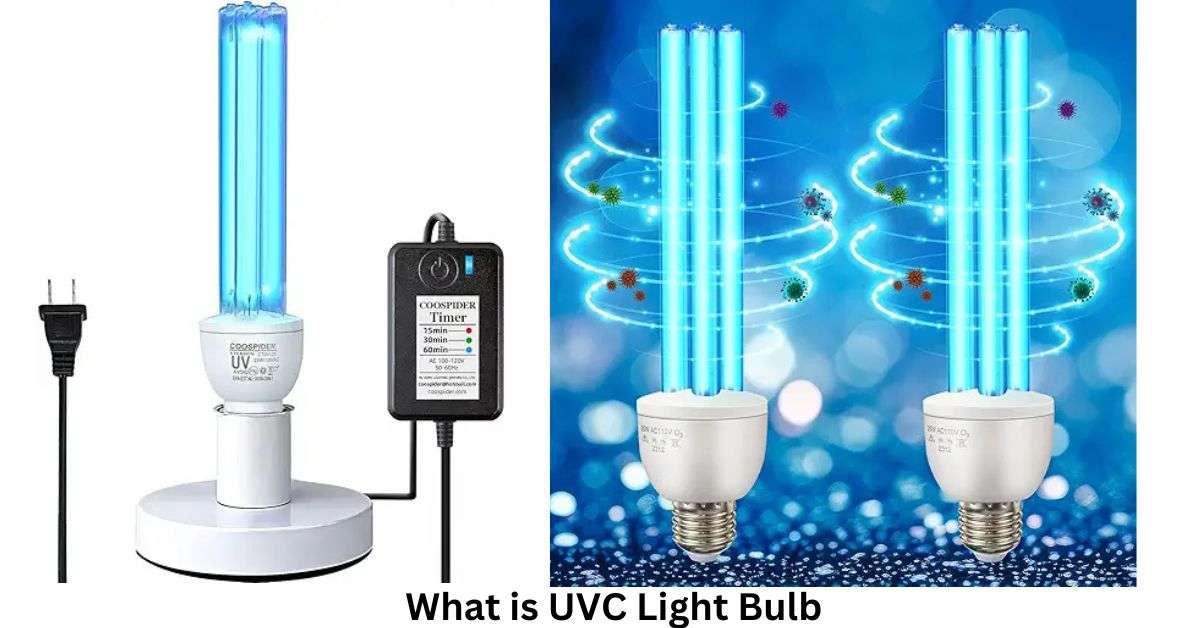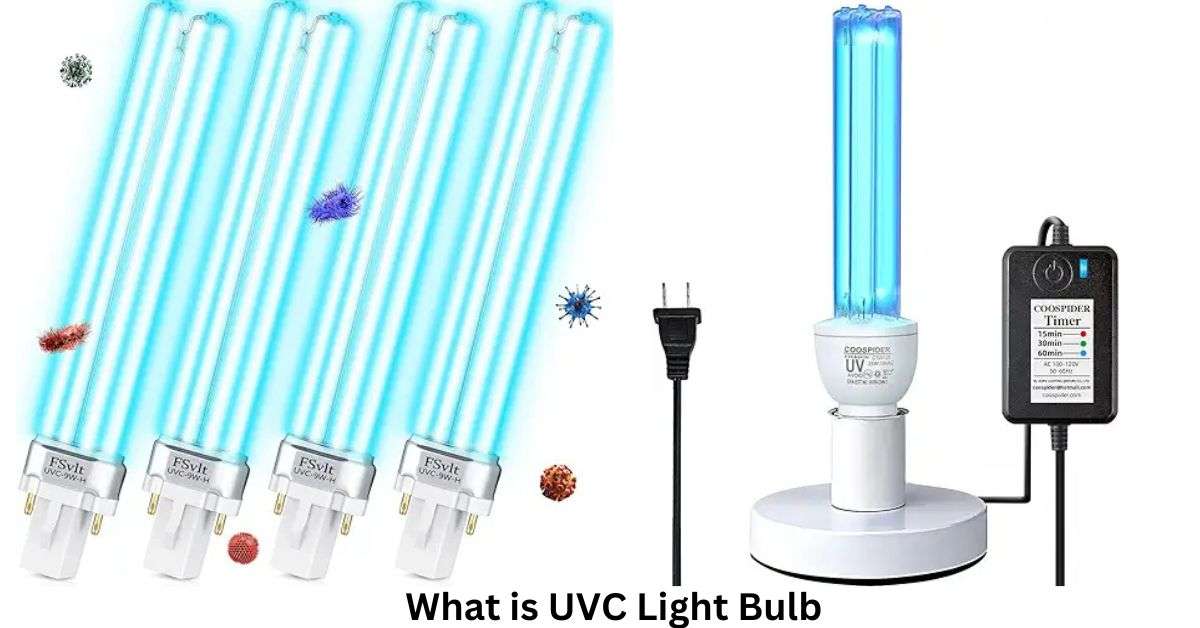Did you know that UVC light bulbs have been used in hospitals for over 70 years to sterilize medical equipment? These powerful devices have recently gained massive attention, with the global UV disinfection equipment market projected to reach $8.45 billion by 2027! UVC light bulbs aren’t just limited to hospitals anymore—they’re now being used in homes, offices, and industries worldwide. Let’s explore everything about these fascinating tools, from their science to their real-life applications.
Understanding UVC Light Bulbs
What is UVC Light Bulb?
UVC light is a type of ultraviolet (UV) radiation, part of the electromagnetic spectrum, with wavelengths ranging between 200-280 nanometers. Unlike UVA and UVB light, which are present in sunlight, UVC light doesn’t reach the Earth’s surface due to the ozone layer.
How Do UVC Bulbs Differ?
UVC light bulbs are specialized tools designed for disinfection. They differ from regular UV or standard light bulbs by emitting light solely in the UVC range, making them effective for killing microorganisms.
Components of a UVC Light Bulb
UVC light bulbs are typically made of:
- Quartz glass tubing: Allows the transmission of UVC light.
- Electrodes: Generate the light when powered.
- Gas or LED diodes: Depending on the type, they may use mercury vapor or LED technology.
These bulbs emit wavelengths in the germicidal range, typically around 254 nanometers, ideal for disrupting harmful pathogens.
How UVC Light Bulbs Work
The Mechanism Behind UVC
UVC light works by generating short-wavelength ultraviolet radiation. This radiation targets the DNA or RNA of microorganisms, breaking their bonds and preventing replication.
Germicidal Properties
The germicidal range of UVC light destroys up to 99.9% of bacteria, viruses, and fungi. It’s particularly effective against airborne pathogens, making it a valuable tool for sterilization.
Types of UVC Bulb Technologies
- Mercury-based bulbs: Traditional and cost-effective.
- LED UVC bulbs: Long-lasting and energy-efficient.
- Excimer lamps: High-efficiency with less ozone generation.
Depending on the need, each variety has special advantages.
Applications of UVC Light Bulbs
1. Water Purification Systems
UVC light is widely used in water treatment plants to sterilize drinking water without chemicals.
2. Air Disinfection Units
In HVAC systems, UVC bulbs help reduce airborne pathogens, improving indoor air quality.
3. Surface Sterilization
Hospitals, laboratories, and food industries use UVC devices to sanitize surfaces and prevent contamination.
4. Commercial and Industrial Uses
Industries utilize UVC for sterilizing equipment, packaging, and production lines.
5. Healthcare Applications
UVC technology disinfects surgical tools and hospital rooms, minimizing infection risks.
6. Residential Purposes
From sanitizing kitchens to sterilizing gadgets, UVC is becoming a household necessity.
Safety Considerations and Precautions
1. Potential Risks of UVC Exposure
Direct exposure to UVC light can harm skin and eyes, causing burns or irritation.
2. Safety Measures
- Always wear protective goggles and gloves.
- Install UVC bulbs in enclosed fixtures to prevent accidental exposure.
3. Usage Guidelines
Follow manufacturer instructions carefully. Use warning indicators to signal active UVC devices.
Choosing the Right UVC Light Bulb
1. Key Factors to Consider
- Wattage: Match the bulb’s power to the area you need to cover.
- Purpose: Choose the right type (water, air, or surface sterilization).
- Certifications: Look for standards like EPA, NSF, or CE to ensure safety and effectiveness.
2. Longevity and Cost
While UVC LEDs last longer, mercury-based bulbs may be cheaper upfront. 
Maintenance and Replacement
1. Lifespan of UVC Bulbs
Most UVC bulbs last between 8,000-10,000 hours. LED UVC bulbs often last even longer.
2. Signs for Replacement
If the bulb’s intensity diminishes or sterilization efficiency drops, it’s time for a replacement.
3. Disposal and Cleaning
Dispose of used bulbs following local regulations, especially mercury-based ones. Regularly clean quartz sleeves to maintain optimal performance.
Conclusion
UVC light bulbs are revolutionary tools in the fight against harmful microorganisms, offering a chemical-free way to sanitize air, water, and surfaces. Whether for home or professional use, understanding their features, applications, and safety measures is essential for effective utilization.
Ready to harness the power of UVC technology? Make informed decisions, consult certified dealers, and always prioritize safety. Let’s embrace this incredible advancement for a healthier, cleaner future!
Hi, I’m Malik Suhail—an SEO expert, web designer, and passionate blogger with 2 years of experience. I specialize in crafting content that is not only informative but also tailored to meet the needs of my readers.
I write about diverse topics, always striving to simplify complex ideas and provide valuable insights that resonate with my audience. Whether it’s about SEO strategies, web design trends, or blogging tips, I am committed to delivering well-researched, practical, and easy-to-understand information.
My mission is to help readers navigate the digital world with confidence and clarity. I believe in adding value through authentic content that inspires action and delivers results.


